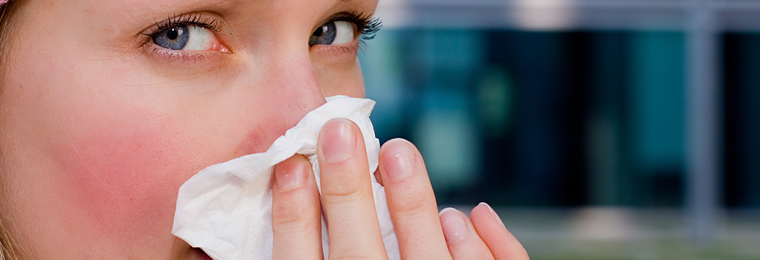Dry cough, runny nose, sore throat, shortness of breath and difficulty breathing are some of the most common symptoms of Covid-19, a respiratory disease caused by the SARS-CoV-2 coronavirus. Despite presenting clinical conditions ranging from asymptomatic infections to severe respiratory problems, the new coronavirus is known for its attack on the pulmonary system, where 20% of cases may require hospital care and, of these cases, approximately 5% may need support for the treatment of respiratory failure, such as respirators and intubation.
Have you ever stopped to find yourself breathing, to understand what your breathing pattern is? This is the first step to help you have good lung capacity, understand how you breathe. I invite you to choose a quiet place in your home. Do you know that little corner you like? This is where you have to go. Sit in a comfortable way. If you have a song that reminds you of good times, that brings something interesting to your mind, listen to that song in a low sound. Close your eyes, concentrate, place one hand on your abdomen and the other on your chest. And just go on feeling your body move. Feel how you are sitting, how your feet are on the floor, how your chest moves when air enters, whether your shoulders are high or low, how your belly comes and goes with your breath.
The impact of the disease on the lung The new coronavirus has similarities in symptoms with other viral respiratory diseases, such as Influenza A, responsible for the H1N1 flu, and rhinovirus, which is one of more than 200 cold-causing viruses. However, in addition to its high rate of transmission and lethality when compared to other viruses, the coronavirus acts more acutely on the main organ of the respiratory system: the lung.
Covid-19 acts both in the upper respiratory tract, nasal cavities, throat and nasopharynx, as well as in the lower respiratory tract, causing acute inflammation in the lungs and may lead the infected person to viral pneumonia or even acute lung injury, also known as lung of ARDS (Adult Respiratory Distress Syndrome), which is when there is lung damage in such a way that, even after the virus ceases to be pathogenic and leaves us, the respiratory process generated in that lung leads to damage that forces the patient to have ventilatory support.
One of the great dangers of pulmonary infection caused by the coronavirus is its atypical behavior, called silent hypoxia. This means that the patient often does not find it difficult to breathe even when their oxygen saturation is low. Covid-19 pneumonia usually presents itself through imaging exams with the opaque appearance of “frosted glass” and oxygen levels are slowly and steadily falling. When the tiredness is so great that the patient finally sees a doctor, usually the lung is already quite taken and the oxygen saturation is at alarmingly low levels. In addition, it causes pulmonary fibrosis, leaving sequelae in the lungs.
Discover more from Pilates All Ages
Subscribe to get the latest posts sent to your email.
